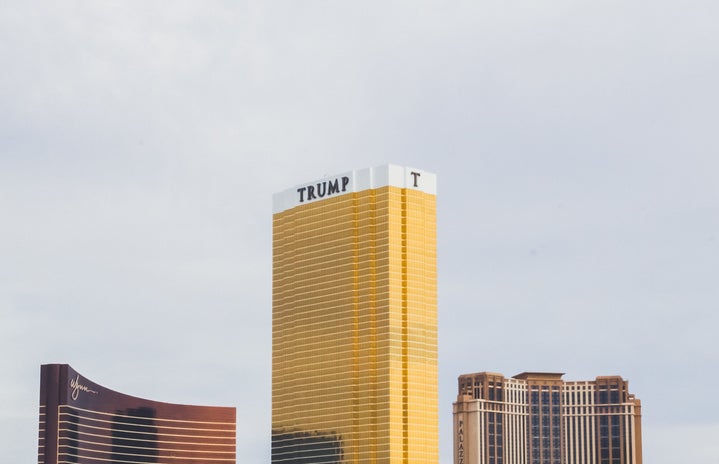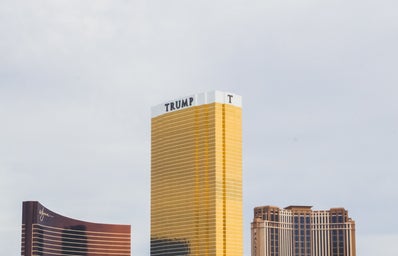On Saturday, January 21, I saw what democracy looks like while marching on the streets around the National Mall in Washington D.C. through a sea of pink. Why were there so many people in one place? Why had everyone seemed to have gotten a memo about wearing pink hats that day? It was not because “on Wednesdays we wear pink,” nor was it even a Wednesday. It was because I went to the Women’s March on Washington, where over 500,000 people of all ages, genders, races, and religions came together to send a message to our country’s new President on his first day in office. What started as a small Facebook event in response to the election of Donald Trump as president became the largest single-day demonstration in U.S. history. Through chants, signs, and the overall power of widespread organizing, the Women’s March sought to reinforce to the world that women’s rights are human rights and that diversity within our communities is what gives us strength.
I went to Washington D.C. for the march because that is my hometown. The National Mall has always been a place I visited for field trips with my school or where my friends and I took pictures for prom. Never had I thought I would walk the same streets taking part in a moment of history. I chose to march with a group from my high school and I met them early in the morning so that we could head downtown via the metro. While standing elbow to elbow with people on the very overcrowded train, I could read signs declaring “Girls Just Want to Have Fundamental Rights,” “Peaceful Warrior,” and “Bridges not Walls.” I was very proud of my own poster “RISE…of the modern woman” inspired by the history class I took last semester at Tufts with Professor Virginia Drachman (10/10 would recommend to a friend).
After walking off of the train, I saw the streets filled with women, men, and children, and people of all ages, races, and religions ready to take part in a day of making their voices heard and listening to the voices of others. When other marchers saw my friends and me holding our signs above our heads and singing Beyonce’s “Run the World (Girls),” many commented how great it was that young people were coming out to take part in this movement and they also asked for a picture with us. The day continued to be filled with inspiration, kindness, and support as a camaraderie was formed between everyone at the march.
It is important to note that the Women’s March on Washington, and all sister marches around the country and world, were entirely peaceful. To witness and be a part of one of these widespread, peaceful demonstrations made me feel hopeful, very different from the disappointment and fear that many of my classmates at Tufts and I felt following the recent Presidential election. I believe that if this many people were willing to flood the streets of D.C., mobilize in over 600 other cities in the United States, and even take part in sister marches around the world to vocalize what is important to them, then those same millions of people can continue to overwhelm and provide checks and balances to those who threaten our rights, safety and peace.
By the late afternoon, my feet were sore from walking, my arms tired from holding my sign, and my stomach was hungry since the granola bars I had been eating all day were not substantial enough. But as I entered the metro station to head back home, I noticed the signs being left by marchers before they got on a train. I stood for maybe 20 minutes just reading the range of messages left by people who also took part in this extraordinary day, and before I left, I placed my sign on the ground too. Every one of those signs was written by someone who will now go and tell others of their experience marching, maybe to someone who was unable to go or to someone who thought that the march did not have a place for them.
While the Women’s March was only one day, I believe it was also the start of a widespread social movement of action and political activism. Marchers emphasized the demand for the advancement of women’s rights, including equal pay and access to health care, but many who took part also wish for the equal discussion of issues surrounding immigration and refugee policies, LGBTQ rights, rights of people with disabilities, acceptance of diversity and difference, freedom of speech, climate change and environmental protection, and the importance of upholding our nation’s democracy. I know the Women’s March will now be in the history books for generations to come, and I am very proud to have been there with many others marching for our future.

